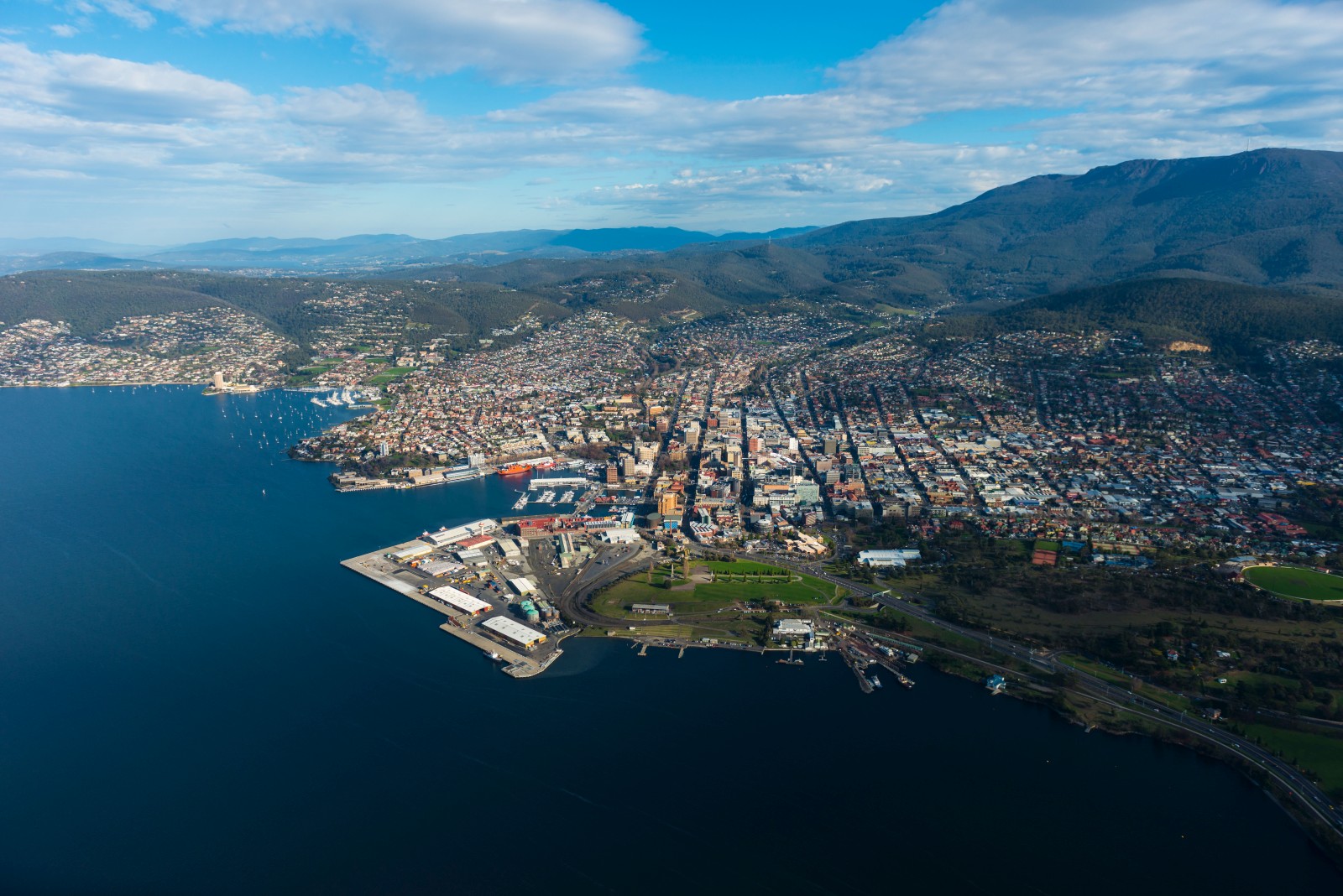Activating the Northern Suburbs Transit Corridor
City Deal Partners are committed to activating the Northern Suburbs Transit Corridor by enabling development centred on public transport connectivity and improved housing supply, affordability and diversity. As part of this commitment, a rapid bus service is proposed for the corridor, as one component of a broader Rapid Bus Network proposed for Greater Hobart.
Corridor Plan
The City of Glenorchy, City of Hobart and the Tasmanian Government are working together to prepare the Northern Suburbs Transit Corridor for future development and investment. This work is being progressed through the development of a Corridor Plan consistent with the vision and objectives outlined in the Growth Strategy.
This project is expected to enhance liveability and transport options, boost the housing supply in such a well-located and connected area, and utilise existing infrastructure rather than continuing to develop new and costly services and infrastructure.
The Corridor Plan will help to identify and recommend changes to the local planning schemes for the City of Glenorchy and City of Hobart to support activation and growth.
The engagement of key stakeholders and community consultation, including direct engagement with landowners, will be key to the development of the Corridor Plan.
At the same time, the Department of State Growth is finalising the Strategic Business Case for the proposed Rapid Bus Network. This project and other major transport planning initiatives across Greater Hobart will continue to be progressed alongside this work.
For more information about the development of the Corridor Plan and related work, please visit the FAQs.
Growth Strategy
The Northern Suburbs Transit Corridor Growth Strategy will guide future growth along the corridor. It outlines a vision and actions to drive community, commercial, and residential growth along the corridor, prioritising areas for public and private investment into the future.
The initial focus is on the four-kilometre stretch between Glenorchy CBD and New Town, targeting areas within walking distance of the transit corridor. Supported by a proposed rapid bus service, which will give current and future residents along its route fast and direct access to employment, education, recreational, and cultural opportunities across the city.
The strategy emphasises the role of medium density housing, including apartments, townhouses, and terrace housing, as well as social, affordable, and housing for key workers in vital sectors and industries. It will also promote opportunities for mixed use developments with commercial/retail space on the ground level and residential development above.
The strategy was developed by COX Architecture with the Cities of Glenorchy and Hobart, and informed by engagement with local industry. The Growth Strategy is available at the link below or visit the FAQs for more information and details about next steps.
Northern Suburbs Transit Corridor Growth Strategy (PDF 10.0 MB)
Transit Mode Study
The first action under this key focus area was to obtain an independent assessment of transport options along the Corridor, which has now been undertaken by consultants PricewaterhouseCoopers. The assessment considered three options – light rail, bus rapid transit and trackless tram – and assessed these against three criteria – city-shaping, transport service and deliverability/affordability. The assessment is significant in considering both the transport options and city-shaping potential of developing the Corridor.
The complete set of assessment reports and findings are available below.
Northern Suburbs Transit Corridor Transport Mode Study (Final Summary Report) (PDF 4.0 MB)
Appendices
Appendix A – Strategic Options Assessment (PDF 118.5 KB)
Appendix B – Options Assessment Final Report (Aurecon) (PDF 956.7 KB)
- Appendix B – Part A – Long List Options (PDF 917.6 KB)
- Appendix B – Part B – Concept Layout (PDF 14.4 MB)
- Appendix B – Part C – Cost Estimation (PDF 2.5 MB)
Appendix C – Transport Modelling Technical Report (PDF 9.1 MB)
Appendix D – Part A – Urban Development Analysis (LUTI) (PDF 17.9 MB)
Appendix D – Part B – Land Use Scenarios (Cox) (PDF 25.9 MB)
